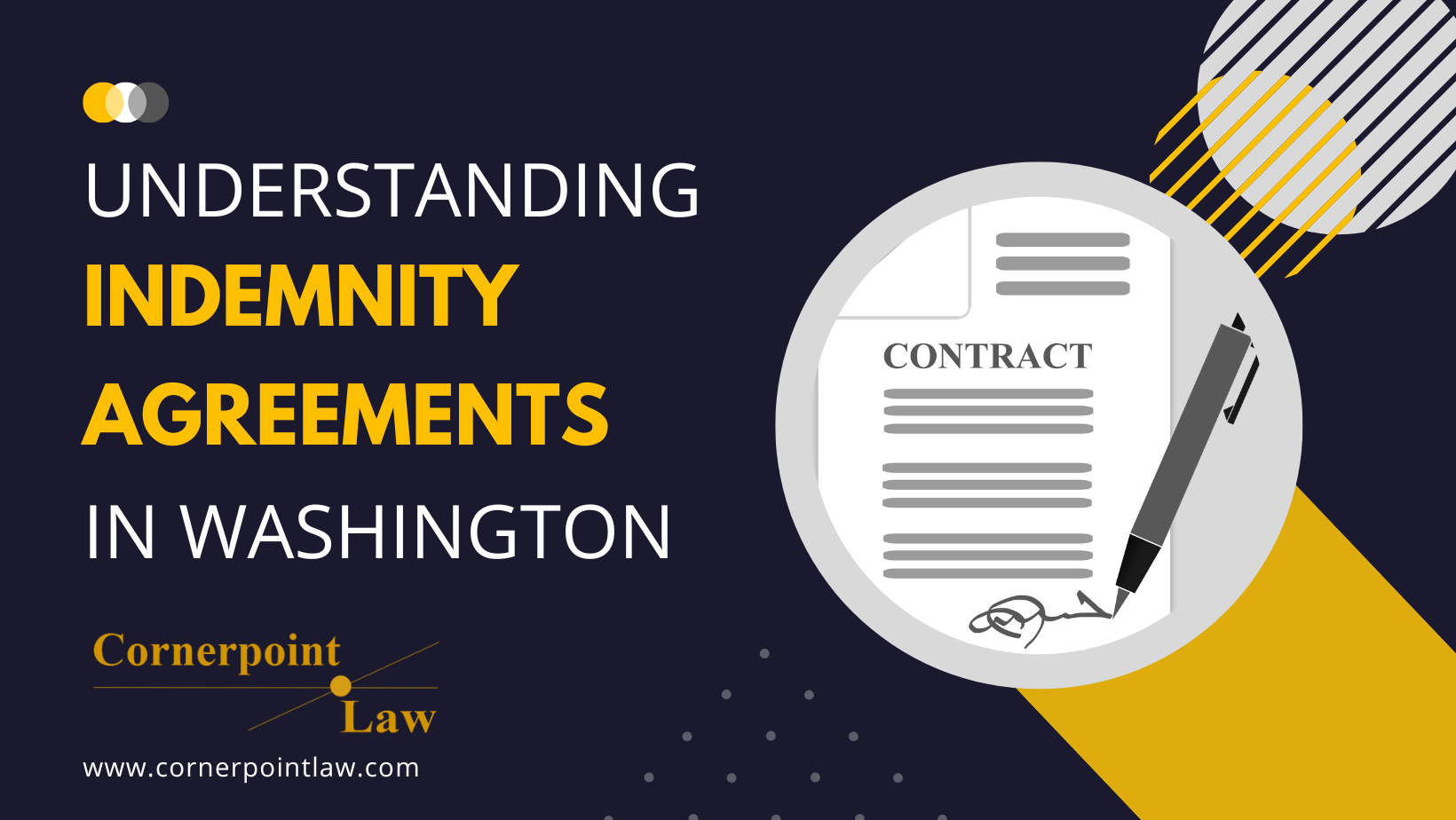Washington’s New Wrongful Death Laws: What Businesses Need to Know
April 30, 2019
Unauthorized use and/or duplication of blogposts without express and written permission is strictly prohibited. Excerpts and links may be used, provided that full and clear credit is given, and with appropriate and specific direction to the original content.
The author of this post can be reached by phone at 206-693-2718 or by email.
2019 Statutory Beneficiary Changes Remove Contingencies for Parents and Siblings
By Stacia Hofmann
Death. Even though it may be an uncomfortable and difficult topic, in the context of risk management and liability, every business owner should have a basic understanding of what happens if a business or its employee tragically causes the premature death of a third party. The death will trigger wrongful death and survival laws, and Washington’s set of laws will significantly change on July 29, 2019.1
Why Do Businesses Need to Include Wrongful Death Considerations in Their Risk Management Processes?
Not every single business is at high risk for a wrongful death claim. Certainly, some businesses are more exposed than others to the risk of personal injury. Construction companies. Product manufacturers. Any business whose employees drive within the scope of employment. Businesses that host recreational activities. Medical providers. Bars and restaurants.
Nonetheless, every business owner should evaluate whether the business’s operations, practices, or actions – or those of its employees – are capable of causing physical injury to third parties. If so, then the general rule of thumb is that there is also a possibility of causing death.
What Damages Are Allowed Under Washington’s New and Old Wrongful Death and Survival Laws?
Before we get to the “who” of a wrongful death claim, let’s first break down wrongful death and special survival damages into two different categories. If I’ve said it once, I’ve said it a hundred times: the law loves categories.
In one bucket, we have economic damages, like ambulance transportation costs, medical bills, funeral and burial expenses, and something called “net accumulations.” Net accumulations are essentially the monies that would have been earned by the deceased (like lost income) minus what the deceased would have spent had the death not prematurely occurred.
In the other bucket, there are noneconomic damages, like pain and suffering by the deceased before death, a surviving person’s loss of the deceased’s love and companionship, and emotional distress.
Distinguishing economic and noneconomic damages was, in the past, an especially important consideration in the deaths of unmarried, childless adults because the law did not regularly allow for the recovery of noneconomic damages related to their deaths. But that has changed.
Before we look at the chart below, it’s important to note that the law also dictates which claims and damages must be brought through a personal representative of the deceased’s estate, and which may be brought directly by a family member. Because this post is not focused on those technical, but crucial, legal intricacies (please consult with an attorney if you’ve lost a loved one), we’re going to jump ahead to the high level, generalized view of allowable wrongful death and special survival damages against the person or business that caused the death.
| New Law | Old Law | |
|---|---|---|
| Deceased has surviving spouse or registered domestic partner, and/or surviving children and/or stepchildren. |
Economic Damages: Allowed. Noneconomic Damages: Allowed for surviving spouse, registered domestic partner, children, and stepchildren. Now also allowed for deceased’s surviving parent(s)/legal guardian(s), if any, if they can show they gave or received emotional, psychological, or financial support to or from the child at or near the time of the accident or death. Not allowed for sibling(s), if any. |
Economic Damages: Allowed. Noneconomic Damages: Allowed for surviving spouse, registered domestic partner, children, and stepchildren. Allowed for surviving parent(s) only if parent(s) could show they were financially dependent on the deceased. Not allowed for the deceased’s sibling(s), if any. |
| Deceased has no surviving spouse, registered domestic partner, child, or stepchild, but does have surviving parent(s), legal guardian(s), and/or sibling(s). |
Economic Damages: Allowed. Noneconomic Damages: Allowed for surviving parent(s)/legal guardian(s) and sibling(s).2 |
Economic Damages: Allowed. Noneconomic Damages: Not allowed at all unless surviving parent(s) could show they were financially dependent on the deceased, or the surviving sibling(s) could show they were financially dependent on the deceased and resided in the U.S. at the time of death. |
| Deceased has no surviving spouse, registered domestic partner, child, stepchild, parent, legal guardian, or sibling. |
Economic Damages: Allowed. Noneconomic Damages: |
Economic Damages: Allowed. Noneconomic Damages: |
| Deceased is a minor child. |
Economic Damages: Allowed. Noneconomic Damages: Allowed for surviving parent(s) or legal guardian(s) who regularly contributed to the support of the minor child. Allowed for sibling(s).3 |
Economic Damages: Allowed. Noneconomic Damages: Allowed for surviving parent(s) who regularly contributed to the support of the minor child. Not allowed for sibling(s) unless they were financially dependent on the minor child (which would be a very unusual situation). |
No matter how difficult the death of a loved one may be, the fact remains that Washington law assigns monetary value to life. The new law significantly expands the pool of parties allowed to recover damages, and, as a result, wrongful death claims will most certainly increase in value.
In addition to emphasizing the need to train employees and follow solid policies and procedures to reduce the risks of personal injury – which should be a priority for every business – the change in laws should also cause businesses to reevaluate whether they have adequate insurance coverage should something as devastating as the accidental loss of life occur.
This blog is for informational purposes only and is not guaranteed to be correct, complete, or current. The statements on this blog are not intended to be legal advice, should not be relied upon as legal advice, and do not create an attorney-client relationship. If you have a legal question, have filed or are considering filing a lawsuit, have been sued, or have been charged with a crime, you should consult an attorney. Furthermore, statements within original blogpost articles constitute Stacia Hofmann’s opinion, and should not be construed as the opinion of any other person. Judges and other attorneys may disagree with her opinion, and laws change frequently. Neither Stacia Hofmann nor Cornerpoint Law is responsible for the content of any comments posted by visitors. Responsibility for the content of comments belongs to the commenter alone.
- The law is retroactive, so it also applies to pending wrongful death claims. ↩
- Important Note: The new law uses the word “or” between “parents” and “siblings”, suggesting one or the other. However, I’ve read the Bill Reports and the new statutory language in detail, and because parents have a separate cause of action and because I do not see any language suggesting that siblings are only allowed to recover in the event that there are no surviving parents, it is my opinion that both parents and siblings may recover. ↩
- See footnote number 2. ↩




